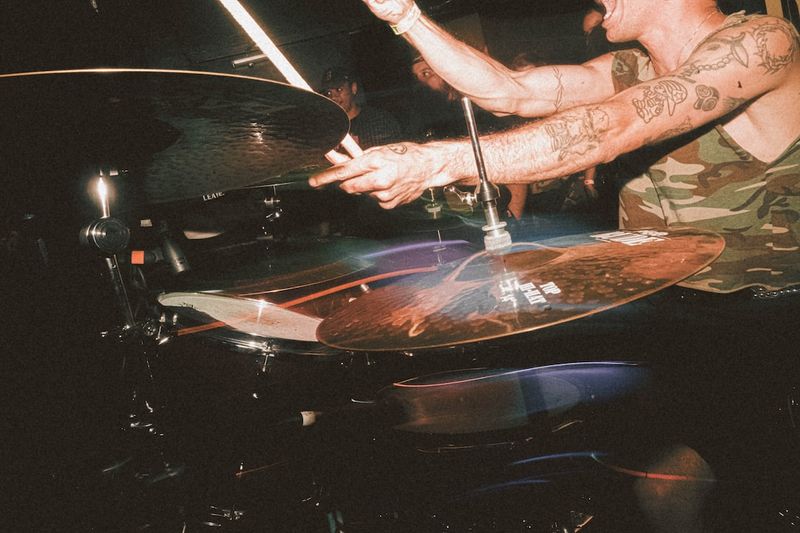Table of Contents
The Climate Justice Walk: A People’s Journey for Climate Justice
Background
In the wake of the devastating Typhoon Haiyan in 2013, which claimed the lives of over 6,000 people and caused widespread destruction in the Philippines, a coalition of climate and human rights advocates embarked on a solidarity walk from Manila to Tacloban. This walk, known as the Climate Justice Walk, aimed to honor the victims of Typhoon Haiyan and raise awareness about the urgent need for climate justice.
Now, on the 10th anniversary of Typhoon Haiyan’s landfall, a new Climate Justice Walk has been launched. Led by 12 core Climate Walkers and supported by various organizations and communities, the walk will retrace the steps of the first climate walk held in 2014, starting from Kilometer Zero in Rizal Park, Manila, and concluding at the ‘Ground Zero’ of Haiyan’s impact in Tacloban. The 30-day, 1000-kilometer journey on foot and bicycles will culminate on November 7, 2023, with the Climate Walkers expected to meet and converge with local storm survivors and impacted communities.
The Call for Climate Justice
The Climate Justice Walk is a powerful testimony to the millions of Filipinos who were profoundly affected by Typhoon Haiyan. It amplifies the call for Climate Justice and demands urgent action from world leaders to address the climate crisis on behalf of vulnerable countries like the Philippines. Naderev “Yeb” Saño, the Lead Walker and Executive Director of Greenpeace Southeast Asia, emphasized the importance of global ambition and the need to prevent the vicious cycle of destruction and reconstruction.
With the recent surge in extreme weather events across the globe, including devastating floods and wildfires, the urgency of climate action has become even more evident. The Climate Justice Walk is aligned with the wave of climate litigation cases worldwide, including the Philippine Commission on Human Rights’ inquiry that found legal grounds to hold big fossil fuel companies and other corporate entities accountable for their climate-destroying business models.
Editorial: The Moral Imperative of Climate Action
The Climate Justice Walk serves as a poignant reminder of the urgent need for climate action and the inherent moral imperative to address the climate crisis. As extreme weather events continue to devastate communities around the world, it is clear that the impacts of climate change are disproportionately felt by vulnerable populations.
It is crucial that governments and corporations take responsibility for their role in exacerbating the climate crisis. The Climate Justice Walk highlights the demand for world governments to intensify their ambition for climate action, mobilize essential resources for the Loss and Damage Fund of the UNFCCC, and prioritize climate reparations. While individual actions, such as reducing personal carbon footprints, are important, addressing the climate crisis requires systemic change and collective responsibility.
Advice: Mobilizing the Masses for a Sustainable Future
The Climate Justice Walk serves as an inspiration for individuals and communities worldwide to join the fight for a sustainable future. By mobilizing like-minded individuals, organizations, and communities, we can collectively demand climate justice and hold those responsible for climate change accountable. It is vital to support initiatives that aim to raise awareness of the climate crisis, advocate for stronger climate policies, and ensure that the voices of the most vulnerable are heard.
Furthermore, individuals can contribute to the fight against climate change through everyday choices and actions. By reducing personal carbon footprints, supporting renewable energy sources, and advocating for sustainable practices, individuals can play a part in mitigating the impacts of climate change.
Conclusion
The Climate Justice Walk is a powerful symbol of solidarity and resilience in the face of the climate crisis. It reminds us of the urgent need for climate action and the moral imperative to address the climate crisis on behalf of vulnerable communities. By joining together and demanding climate justice, we can create a sustainable future for all.

<< photo by Frankie Cordoba >>
The image is for illustrative purposes only and does not depict the actual situation.
You might want to read !
- Introducing The Climate Justice Walk: Empowering People’s Journey for Climate Justice
- Revolution Rising: Empowering the Global Youth Movement for Climate Justice
- Youth Standing for Climate Justice: Landmark Case Heads to the European Court of Human Rights
- The Lingering Scourge of Enforced Disappearances in the Philippines
- Greenpeace Urges Governments to Drastically Reduce Plastic Production by 75% by 2040
- An Ode to Osman Kavala: Council of Europe Prize Shines Light on a Lingering Injustice
- Can Canada Lead the Way in Ending Immigration Detention?
- Activists Fight Against Destructive Deep Sea Mining off Mexico’s Pacific Coast
- From the Air: Examining Spain’s Top 10 Environmental Challenges
- Thailand’s Verdict in ‘Billy’ Murder Case: Delivering Justice for the Indigenous Activist
- The Rise of Post-GDP Societies: Embracing Alternatives for a Sustainable Future
- “IPCC Urges Drastic Emissions Cuts by 2030 to Ensure Sustainable Future, Say Climate Experts”